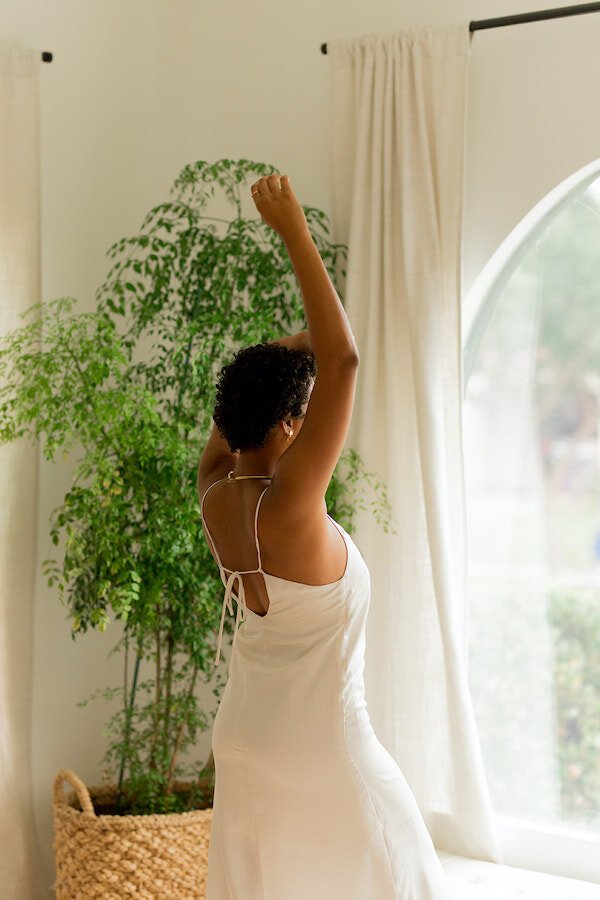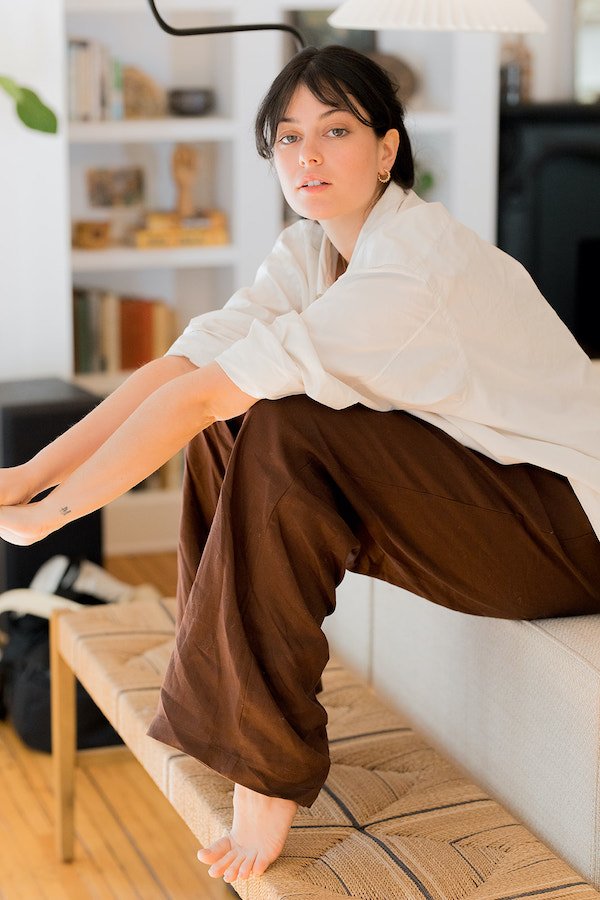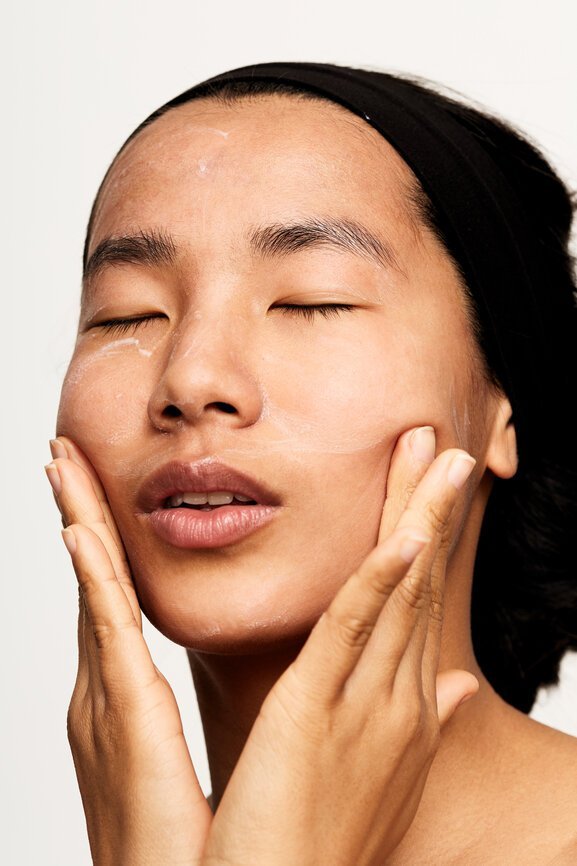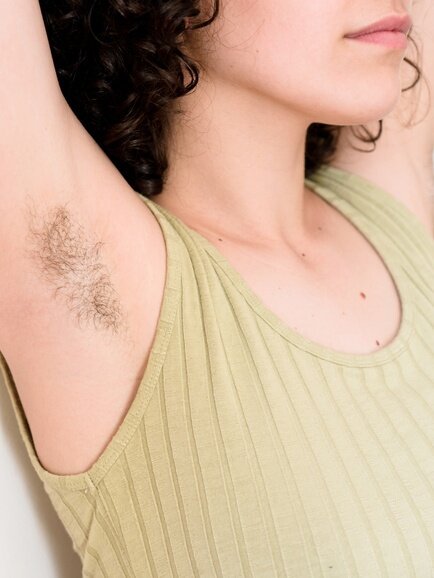
How I’m Liberating Myself From White Beauty Standards
‘Beauty lies in the eye of the beholder.’
But what if the beholder’s eyes have been conditioned only to find certain things beautiful?
I never found myself particularly ugly, but growing up, I certainly didn’t think of myself as beautiful either. I didn’t fit the mold. From an early age, I was taller than the other girls in my class and needed a size, sometimes two, up for clothing and shoes.
My height and weight weren’t the only things that made me stand out, though. I was also the only Black kid in my environment, and my appearance made me a target for bullying with my peers. In kindergarten, my teacher even found me in the bathroom, layering Nivea cream over my face so I could look more like the others.
“By the time I was an adult, the story I was telling myself had been the same for years: Unless you shrink in every which way you can, no one will ever love you, and society will not accept you.”
As I got older, I started hiding (as much as that was possible) in my “large” melanated body and big hair. While my white friends began looking like the models in the magazines, I knew that would never be me. My nose wasn’t European-shaped, my hair wasn’t straight. It didn’t flow in the wind, and its texture was deemed stubborn, messy, and later, unprofessional.
Even still, I found myself trying to change. I found myself stuck in a never-ending cycle of dieting, gaining weight, dieting, and putting it all on again. Whenever I’d go to the doctor’s, the nurse would scoff and sigh as they took down the numbers that determined my worth. I dreaded the doctor’s worried expression when he’d tell me my body mass index (BMI) was dangerously high. And by the time I was an adult, the story I was telling myself had been the same for years: Unless you shrink in every which way you can, no one will ever love you, and society will not accept you. You will not be beautiful.
But if beauty is in the eye of the beholder, must we not consider the conditioning of those eyes?
I don’t remember when exactly the shift happened, but I was in my twenties when I started contemplating white beauty standards. Maybe, I thought, I couldn’t find beauty in myself because my eyes had been conditioned to see a particular body type, face shape, and hair texture beautiful. The white beauty standards I had been fed by way of those magazines, the women on the screen, the Barbie dolls I played with as a little girl—all of these things were perpetuating a narrative. They were telling me (telling us!) that there was only one way to be beautiful.
“I realized that the only way I’d ever have a chance to behold my beauty (assuming it was there) was to heal my eyes.”
Not only had my eyes had been conditioned, but they had also been wounded. They were wounded every time someone pointed out that I didn’t fit the bill, that I was too big, brown, or broad. And they were wounded by every joke about my weight, skin color, and hair texture. It was then that I realized that the only way I’d ever have a chance to behold my beauty (assuming it was there) was to heal my eyes.
If it was possible to condition and wound my eyes to see things one way, surely the process could be reversed? Surely one can heal their eyes from the harsh and unattainable standards set by whiteness.
So, I started looking for stories—stories of beautiful curvy Black women of all shapes and sizes. These women were my ancestors, and they weren’t just beautiful in their largeness, but they were healthy and strong, too—very much contrary to what western medicine had taught me about the size of my body.
I also began reading and learning about science and how medical standards are rooted in white privilege, racist ideas, and systemic discrimination. The BMI wasn’t even invented by a doctor but by a social scientist looking to find a way to measure and identify the “average man.”
“When we believe that only a particular shade, shape, or facial feature is acceptable, even those who ‘fit’ into those categories find themselves falling short. And oppressive systems thrive off of our falling short.”
The more I began learning about stories honoring bodies of all shapes, sizes, and skin colors, the more my eyes began to heal. I started de-centering whiteness as the status quo for beauty. I began valuing and honoring the things about my body that are “different” and yet exactly like so many others who have come before me, whom I live alongside, and who will come after me.
This journey hasn’t just been important for me either, but also for a larger community. I was convinced many of my white friends thought themselves beautiful (because they fit the mold so perfectly), but they too have suffered under impossible beauty standards. They have also experienced wounded eyes that haven’t allowed them to behold their own beauty.
Because this is the thing about any system of oppression: When we dehumanize others—or when we benefit from others’ dehumanization—we lose our humanity. When we believe that only a particular shade, shape, or facial feature is acceptable, even those who “fit” into those categories find themselves falling short. And oppressive systems thrive off of our falling short.
For me, the journey to unlearn beauty standards and heal my eyes has been all about liberation. I can now look in the mirror and embrace my curvy, soft, and ever-changing body with love. It’s an ongoing mindset shift and I have to choose what I look at—and what I don’t. But as I continue to feast my eyes on new stories, the story changes. And it can change for all of us. For this is the real goal of this journey—to heal our eyes and behold the beauty in and around us.
“This is the real goal of this journey—to heal our eyes and behold the beauty in and around us.”
Jess Mally is a London-based writer, speaker, creative, and producer. She is also the co-founder of BELOVD agency and the host of The Third Way podcast. Follow her work on Instagram and sign up for her next anti-racism course here.




